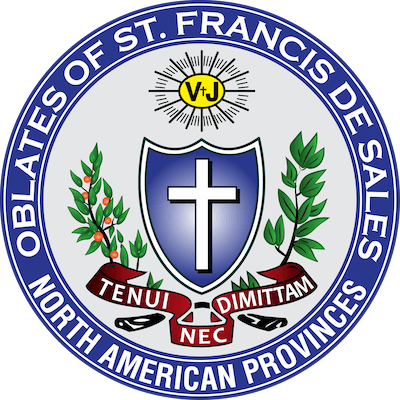Fifth Sunday of Easter (April 29, 2018)
Today’s Gospel comes from the long talk by Jesus at the last supper in John’s Gospel. It is appropriate for the Easter season. It sets before us the type of close, ongoing relationship into which the risen Jesus invites his disciples.
Chapter 15 of John’s Gospel introduces the allegory of the vine. The vine has a long history. Isaiah [5:1-7] makes it very clear: “For the vineyard of the Lord of hosts is the house of Israel and the people of Judah are his pleasant planting.”
The vine is the Jewish national symbol of the relationship between God and Israel. The pillars of the Jerusalem temple were carved with vines and branches thus setting the image in stone. It is like the symbol of the Bald Eagle or the American flag to us.
The famous “I am” sayings of John’s Gospel always reveal some aspect of Jesus’ divine identity. When Jesus says: “I am the true vine, and my father is the vine grower” and “I am the vine; you are the branches,” he makes a soul-shattering statement to Jewish ears and to our ears. He reveals the intimate relationship between himself and the father and also indicates that he replaces the temple with himself as the place for worship, for he becomes the very source of life for people who accept him. [Relationship in the vertical dimension].
Secondly, remember Paul’s metaphor of the body-of-Christ where we are all related as interdependent parts of the same body with Christ as our head, the one who drives the body. Here, we have john’s version of the identical idea: the vine reminds us that we are interconnected not only to the source of our life, Jesus the Lord; we are also interconnected with one another. We need both Jesus and each other in order to bear fruit, the goal of discipleship. [Relationship in the horizontal dimension.]
The Jews of Jesus’ days were people of the land – practical, simple people. For abstract ideas, like what we call “sanctifying grace,” Jesus used common experience nouns, “life” and “light;” for abstract verbs like “transcends” or “interconnects,” Jesus used the verb “lives in.” The verb “lives in” appears four times in four verses. [vv. 4,5,6,7]
If Jesus did anything everyone can agree upon, it is that he gathered a community around him. The model of leadership/followership here is not hierarchy, power, authoritativeness; it is community. Concerned togetherness is essential for the very life of his followers.
We derive our spirit-life from Jesus, the vine. We are, at once, united to Jesus and to each other. We celebrate this fact vividly at the Easter vigil: the light/ life of the paschal candle, the symbol of Jesus, is passed to us individually. With our small candles, we share that light with others around us.
Interrelating, “lives in,” is essential for us. We have both Paul’s image of mystical body and John’s image of the vine and the branches to make that clear. Both reveal rootedness in Jesus the Lord and unity with one another.
By the grace of God we live in an era that has evolved far beyond the people in scripture in the ability to express abstract ideas. We can more readily appreciate the awesome truth that Jesus teaches. We can more clearly understand what Ignatius of Antioch meant by: “God became man, so that man might become God.”
Jesus’ consummate gift to us is a sharing in his life. Theology calls it “sanctifying grace,” a term that lacks the dynamism of actually sharing in Jesus’ resurrected life. We are called to live that life with enthusiasm. The Holy Spirit whom we shall celebrate in a few weeks at Pentecost kindles that enthusiasm.
Let us live Jesus!



